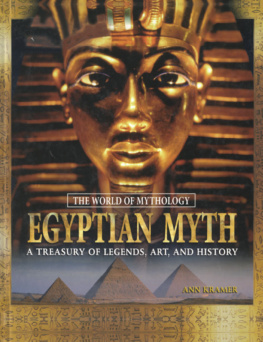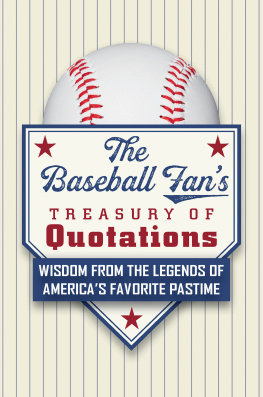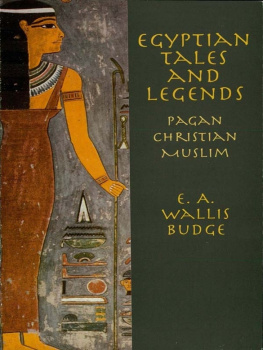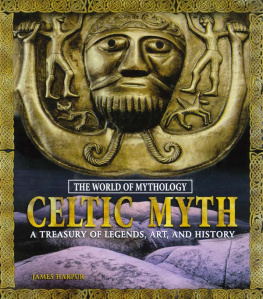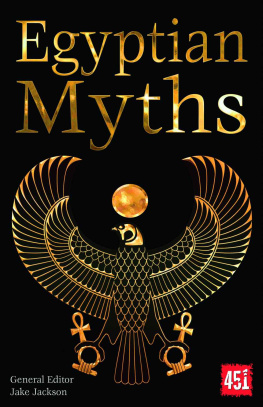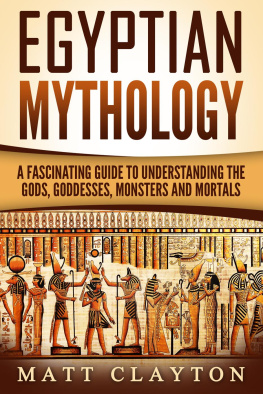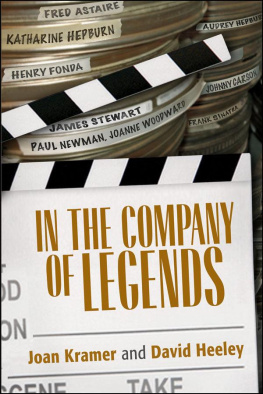First published in North America in 2008 by M.E. Sharpe, Inc.
Published 2015 by Routledge
2 Park Square, Milton Park Abingdon, Oxon OX14 4RN
711 Third Avenue New York, NY 10017
Routledge is an imprint of the Taylor & Francis Group, an informa business
Copyright 2008 Marshall Editions
A Marshall Edition
Conceived, edited, and designed by Marshall Editions
Copyright under International, Pan American, and Universal Copyright Conventions. All rights reserved.
No part of this book may be reprinted or reproduced or utilised in any form or by any electronic, mechanical, or other means, now known or hereafter invented, including photocopying and recording, or in any information storage or retrieval system, without permission in writing from the publishers.
Notices
No responsibility is assumed by the publisher for any injury and/or damage to persons or property as a matter of products liability, negligence or otherwise, or from any use of operation of any methods, products, instructions or ideas contained in the material herein.
Practitioners and researchers must always rely on their own experience and knowledge in evaluating and using any information, methods, compounds, or experiments described herein. In using such information or methods they should be mindful of their own safety and the safety of others, including parties for whom they have a professional responsibility.
Product or corporate names may be trademarks or registered trademarks, and are used only for identification and explanation without intent to infringe.
Library of Congress Cataloging-in-Publication Data
Kramer, Ann, 1946-
Egyptian myth : a treasury of legends, art, and history / Ann Kramer.
p. cm. -- (The world of mythology)
Includes bibliographical references and index.
ISBN 978-0-7656-8105-8 (hardcover : alk. paper)
1. Mythology, Egyptian--Juvenile literature. 2. Legends--Egypt--Juvenile literature. 3. Art--Egypt--Juvenile literature. 4. Egypt--History--Juvenile literature. I. Title.
BL2441.3.K73 2008
299'.3113--dc22
2007005876
Originated in Hong Kong by Modern Age
ISBN 13:978-0-76568-1-058 (hbk)
Publisher: Richard Green
Commissioning editor: Claudia Martin
Art direction: Ivo Marloh
Picture manager: Vneta Bullen
Design and editorial: Tall Tree Ltd.
Production: Nikki Ingram
Previous page: The temple of Kom Ombo was dedicated to the crocodile god Sobek and the falcon-headed god Haroeris, also known as Horus the Elder.
Opposite: The god Amun sits on a throne protecting the pharaoh Tutankhamun
(13331324 B.C.E.). Amun wears two plumes on his head, symbolizing the lands of Upper and Lower Egypt.
This page and opposite: A temple dedicated to the great god Amun stands at the center of the temple complex of Karnak, begun in the sixteenth century B.C.E.
The myths of ancient Egypt are among the oldest in the world. Written down by scribes and priests, they date back at least 5,000 years. Myths are stories about supernatural beings, and Egyptian myths are about their gods. These stories provide a vital insight into the Egyptians religious beliefs and the Egyptian way of life.
T he ancient Egyptian civilization has a history that spans millennia. From about 5500 B.C.E., there were farming communities around the Nile River. Two separate kingdoms emerged: Lower Egypt in the north and Upper Egypt in the south. In about 3100 B.C.E., Pharaoh Narmer united the two kingdoms, creating what was then the wealthiest and most powerful state in the world. After Narmer, pharaohs ruled Egypt for 3,000 years until, in 30 B.C.E., Egypt became part of the Roman Empire. Historians divide pharaohs into dynasties or groups, and Egypts history into the Old, Middle, and New Kingdoms.
GIFT OF THE GODS
Egypt is a hot, dry country. The Nile River, which runs through the center, provides water, fertile soil, food, transport, and materials for building. The Greek historian Herodotus (c. 484c. 425 B.C.E.) said Egypt was the gift of the Nile, and the Egyptians believed the Nile was a gift from the gods. The river was the lifeblood of Egypt and there would have been no civilization there without it.
Every year the Nile swelled and flooded the surrounding land in what was called the inundation. When the floodwaters receded, they left behind a deposit of rich black silt, which gave ancient Egypt its name, Kemet, the Black Land. The river teemed with fish, and boats traveled up and down it, carrying people and goods. Either side of the Nile was a vast expanse of desert where little grew and few people lived. The desert was a hostile area, and full of dangerous animals, but it was also rich in minerals.
A SOPHISTICATED CULTURE
Ancient Egypt was a sophisticated, wealthy, and stable culture. The pharaoh, or king, rule the country. Egyptians believed in divine kingship: that their pharaohs were divine beings chosen by the gods. Below the pharaoh were court officials, priests, scribes, civil servants, merchants, soldiers, skilled workers, farmers, entertainers, and slaves.
The Egyptians developed one of the first writing systems, in around 3200 B.C.E. It use a complex system of pictures and symbols called hieroglyphs. Professional writers called scribes wrote on papyrus, a paper-like material made from reeds found on the banks of the Nile. The Egyptians were also great builders and engineers who constructed pyramid temples, and other monuments to their gods and pharaohs.
Ancient Egyptians worshipped hundreds of godswe may never know exactly how many. They believed gods had created the universe and controlled every aspect of their lives. For the Egyptians, the world could be a dangerous and unpredictable place: if the sun did not shine, or if the Nile did not flood, there would be chaos. They looked to the gods to ensure order and stability.
Sun worship was a major part of Egyptian religion, but ideas about death were also fundamental. The Egyptians believed that, if they lived good lives, they would be reborn and live again in a perfect afterlife. This belief in rebirth underpinned all their myths, rituals, and ceremonies. It profoundly influenced the Egyptians view of the world.









